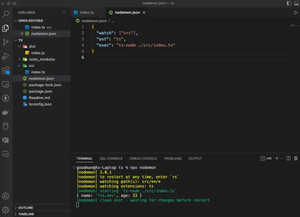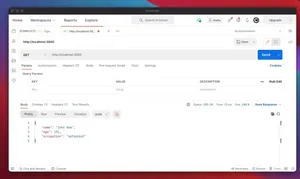Overview
Replication is a technique that ensures the continuity and efficiency of a database by allowing data from one database server (master) to be replicated to one or more databases (slaves). This guide focuses on implementing replication in Sequelize, an ORM for Node.js, to maintain high availability and data redundancy.
Sequelize supports read-replica functionality out of the box. Throughout this guide, we’ll explore setting up a basic replication system, handling read and write operations, and more advanced concepts like handling failover and monitoring.
Setting Up Basic Replication
To begin with, you need to have Sequelize installed and your database servers ready. Let’s set up the basic configuration:
const { Sequelize } = require('sequelize');
const sequelize = new Sequelize('database', 'username', 'password', {
host: 'primary-database-host',
dialect: 'mysql',
replication: {
read: [
{ host: 'read-replica-host-1' },
{ host: 'read-replica-host-2' }
],
write: { host: 'primary-database-host' }
},
pool: {
max: 10,
idle: 30000
}
});
This basic configuration sets up one master server for writing operations and two replicas for reading. Sequelize will handle the load balancing between the replicas automatically.
Read and Write Operations
With replication set up, Sequelize will automatically send write queries to the primary database and balance read queries across the replicas. This is how a typical read operation would work:
async function fetchUsers() {
return await User.findAll();
}
For a write operation, Sequelize naturally uses the primary database:
async function createUser(userData) {
return await User.create(userData);
}
Advanced Replication Strategies
For more complex scenarios, such as failover and recovery, you can customize Sequelize’s behavior. For instance, you can manually select a replica or implement a retry strategy for handling temporary issues with the primary database.
sequelize.on('error', (error) => {
if (isFailoverError(error)) {
switchToReplica();
}
});
It’s also possible to monitor replication lag and choose replicas accordingly:
function chooseReplica() {
// Implement logic to check replication lag and select the best replica.
}
Conclusion
In conclusion, using Sequelize’s replication capabilities allows you to build robust and scalable applications. This guide has given you a basic understanding of how to set up and use replication in Sequelize. Remember to consider your application’s specific needs and possible edge cases when implementing a replication strategy.

